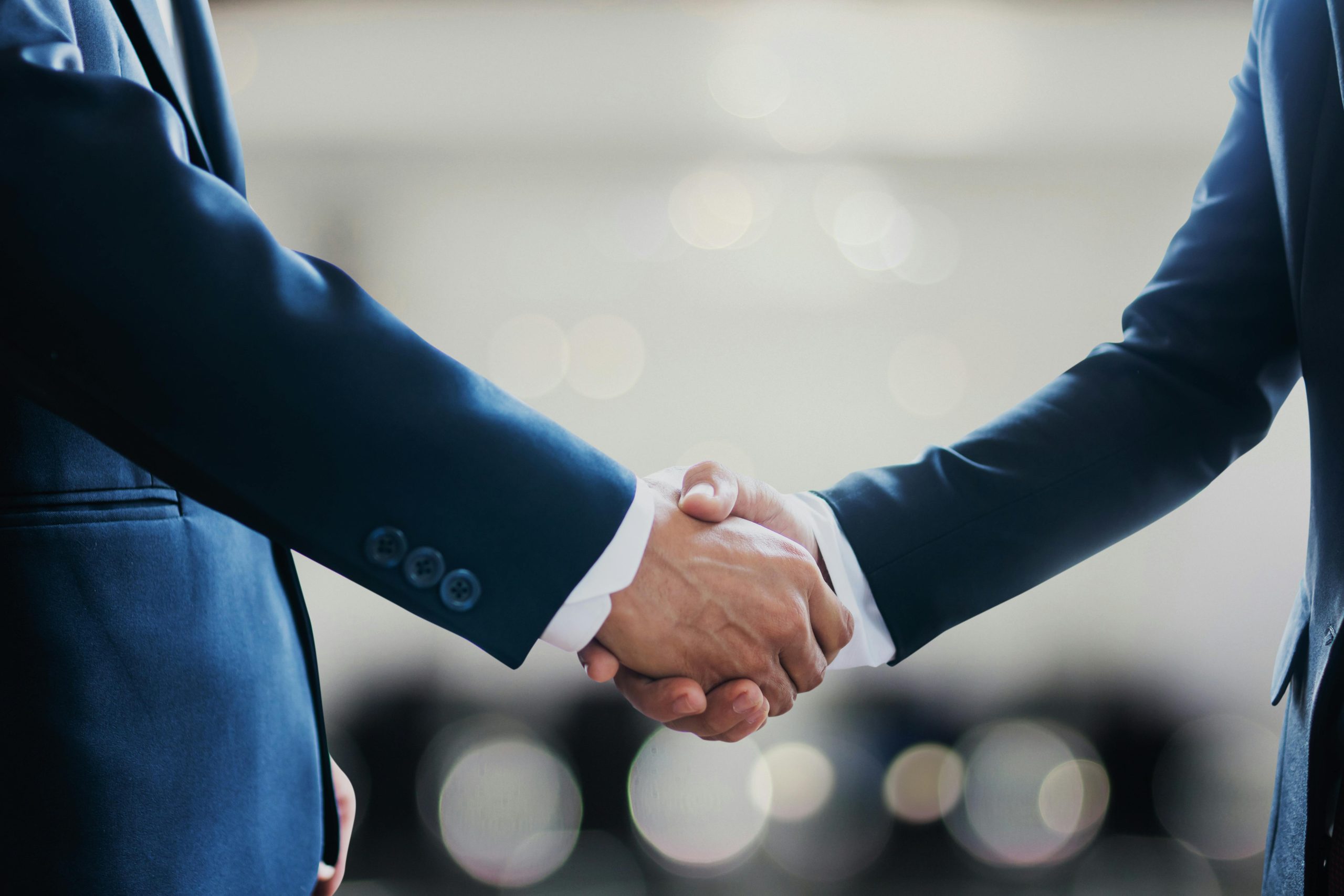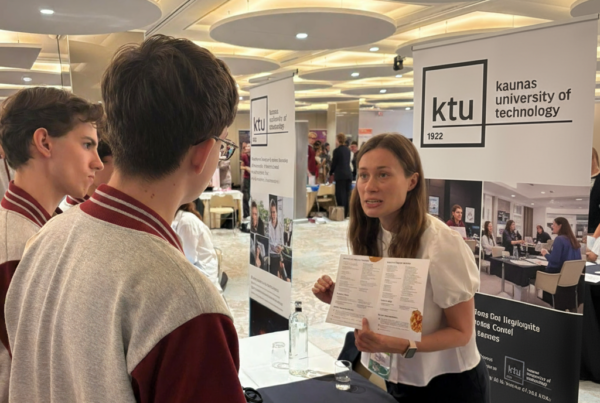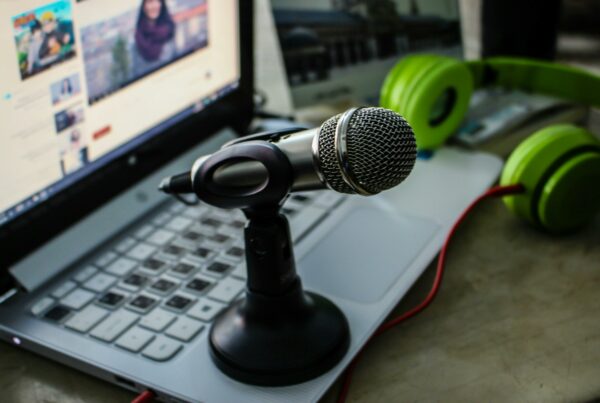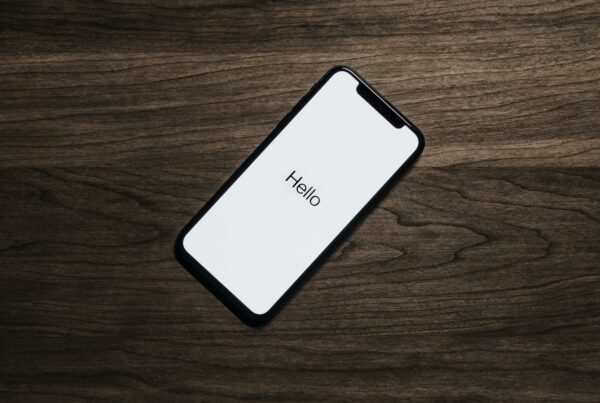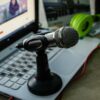If you have ever organized a B2B event, you know how much work goes into it. From managing logistics to coordinating speakers, there is a lot to think about. But none of it truly matters if you are not generating high-quality leads.
B2B events are one of the most powerful ways to meet potential clients face-to-face. In fact, around 68 percent of B2B marketers say that in-person events are the most effective method for generating qualified leads. The real question is whether you are making the most of these opportunities.
Unlike B2C, where volume often matters more, B2B lead generation is all about quality relationships, longer sales cycles, and thoughtful engagement. That means having a clear strategy from beginning to end.
Find out our lead capture solutions for B2B events.
The Three Phases of a Smart Lead Generation Strategy
Before the Event: Get Clear on Who You Want to Meet
Success starts long before the event begins. It all comes down to knowing exactly who you want to attract.
Start by defining your Ideal Customer Profile. Think about the industries you serve, the decision-makers you want to reach, the size of the companies you work best with, and the challenges you help solve.
With this in mind, activate your marketing channels. Use email campaigns, LinkedIn posts, sponsored content, and direct outreach to let your ideal attendees know you will be there. Give them a reason to stop by. This could be a product demo, a short consultation, or simply an engaging experience at your booth.
Scheduling meetings in advance is one of the most effective ways to increase lead quality and maximize your time at the event.
Learn more about event marketing strategy for success.
During the Event: Make Every Interaction Count
Once the event starts, it is time to turn interest into actual leads.
Your booth should be more than just a physical space. It should be an experience. Keep it open, interactive, and aligned with your brand. Offer something practical or interesting that makes people want to stop and chat.
Use tools that let your team capture information quickly and reliably. Scanning badges, using tablets with digital forms, or collecting digital business cards can help you avoid the classic post-event data chaos.
Focus on real conversations. Encourage your team to engage naturally. People remember how you made them feel, not just what you said.
After the Event: Keep the Momentum Going
The event may be over, but your lead generation is not. What happens in the days immediately following is often what determines whether your contacts become clients.
First, organize your leads. Group them by level of interest or by next steps. Some are ready for a demo. Others might need a bit more nurturing.
Then follow up quickly and personally. Send an email that references your conversation, shares a relevant resource, or invites them to a next step.
Finally, evaluate your success. Look at how many leads converted, how many meetings were booked, and where your best leads came from. This will help you optimize your strategy for future events.
Digital Tools That Make Lead Capture Easier
CRM and Marketing Automation
Having a CRM that integrates with your event tools allows you to keep everything in one place. No more spreadsheets or lost business cards. You can automate follow-ups, track interactions, and assign leads to your sales team without delays.
Marketing automation also makes it easier to nurture leads based on their behavior and interest level. The result is a smoother and more consistent experience for both your team and your prospects.
LinkedIn and Social Selling
LinkedIn is a powerful tool for keeping conversations going after the event. Connect with the people you met and follow up with personalized messages.
You can also run LinkedIn ads or email campaigns to stay visible to your audience. By combining these channels, you create multiple touchpoints that reinforce your message and increase the chances of conversion.
Learn more about the advantage of using smart badges.
Success Stories from B2B Event Lead Generation
Many companies are turning events into a reliable source of qualified leads. One tech company increased its lead capture rate by 70 percent after switching from manual collection to a digital solution. Another professional services firm doubled its meeting conversion rate by automating its follow-up within 48 hours after the event.
What these companies have in common is a clear strategy, the right tools, and timely execution.
Final Thoughts and Best Practices
Events can be a goldmine for B2B lead generation, but only if you approach them with the right mindset.
Know exactly who you want to reach. Create experiences that attract and engage the right people. Use digital tools to simplify lead capture. Follow up quickly and thoughtfully. And track your results so you can improve next time.
Final Checklist for B2B Event Lead Generation
- Define your Ideal Customer Profile
- Promote your presence ahead of time
- Equip your team with simple lead capture tools
- Segment and follow up with leads quickly
- Track performance and learn from each event
When you treat events as a strategic part of your sales process, you do not just gather contacts. You build relationships that lead to business growth.

